thinkLaw Founder & CEO, Colin Seale
I have always been a nerd about well-written vision statements. There is something inherently inspiring about mission-driven organizations painting an aspirational picture of a world in which they would no longer need to exist.
When I was the Board Chair of the Nevada Partnership for Homeless Youth, we envisioned a world where systems, partnerships, and community support made it so no person under the age of 18 experiencing homeless could go 24 hours without finding a safe place for shelter and sustenance.
In 2015 I founded thinkLaw, which aspires to create a world where critical thinking is taught by all teachers and learned by all students.
Visions clarify purpose, remind us of our long-term direction, and keep us inspired.
There is a struggle, however, when I think about how this type of vision-work applies to spaces and organizations focused on diversity, equity, inclusion, and belonging (DEIB). I attempted to paint a vision in my second book, Tangible Equity, where I defined equity work as the effort to create a world where demographics no longer predict outcomes. In our work in 42+ states, educators and school system leaders appreciate the clarity of equity defined as a world where zip codes no longer determine destiny.
But it feels a lot harder to actually visualize a concrete finish line for DEIB efforts, which means we could easily go off-task, forget our long-term direction, and lose the will to fight when (not if, but when) things get challenging.
Vision-work is supposed to push the boundaries of reality.
If we are honest, though, it’s much harder to dream big in DEIB work.
In the 2010s at the nascent stages of the #BlackLivesMatter movement, for instance, bodycams were one of the boldest, most visionary ideas we could imagine to reform policies that were leading to police killings of a disproportionate number of Black, Brown, and Indigenous folks. A decade later, we know that bodycams have not only not reduced these killings, but we also now live with traumatizing video evidence of the same horrific killings that bodycams were supposed to prevent.
Another example: the phrase “defund the police” has become a major political liability, but the positively framed, more detailed reality of this idea does activate my imagination. If we knew that 20% of police calls involved people experiencing mental health and substance abuse crises, it would be perfectly reasonable – and probably even the “fiscally conservative solution” – to shift money from direct police services to increased funding for mental health services.
Similarly, if we knew that our disconnected youth population (ages 16-24, not in school, not working) are up to 20 times more likely to get caught up in the criminal justice system, it would make sense to provide an abundance of economic development and job training opportunities for these youths. Instead of police officers engaging in stop-and-frisk practices, imagine what it would look like to have young people, aged 16-24, who have deep community connections performing stop-and-engage duties with their peers to connect them to legal opportunities that are more lucrative and sustainable than the default illegal options.
You may think this is all unrealistic. But that’s only because we’ve been so accustomed to seeing absurd injustices as “normal”.
“Normal” today looks like spending $17 million to imprison 109 people from 17 blocks in the Brownsville neighborhood of Brooklyn in a single year.
“Normal” looks like hard-working people paying rent on time for five straight years, but not being able to even apply for the basic need of shelter because their credit score isn’t high enough.
“Normal” looks like graduating as the valedictorian of your high school class and not being able to attend your state’s flagship university because your degree did not meet admission requirements.
It seems to me that if we are not willfully unrealistic in fights against injustice, we are surrendering to the status quo.
And this surrender is unacceptable in any space, but it is particularly egregious for those of us engaged in DEIB work in education spaces.
It is strange to me that when it comes to educational equity, some educators who passionately rail against the injustices impacting our students lives outside of school take a “these kids can’t” approach to supporting the marginalized students inside their own schools. This means that even in school systems with powerful commitments to equity, where equity committees convene on every campus and write equity goals into every single policy, we still end up with baffling outcomes where 95% of teachers are rated “satisfactory” or better while only 5% of the students they teach are testing “at” or “above grade level”.
I can see some of you side-eying me right now, critiquing my reference to standardized test scores as a reflection of a similar lack of imagination. I’ve waxed poetically about why we need to care about standardized test outcomes even if we hate them, but for now, go back to how I defined equity earlier: work that reduces the predictive power that demographics have on outcomes.
If demographics should not predict outcomes, how powerful would it be if there was no correlation at all between a student’s test scores and their identification(s) as economically-disadvantaged, an emerging bilingual, a student in need of exceptional student services, or a member of a minoritized group? This starting point – closing the achievement gap – is not actually a revolutionary outcome. But it is a requirement if our ultimate goal is to shatter achievement ceilings.
Closing the achievement gap is not a revolutionary outcome. Our ultimate goal is to shatter achievement ceilings.
To make the finish line for DEIB work a bit clearer, I want to separate it into two pieces: (1) the BE work and (2) the DREAM work.
BE work is about survival.
Before we could describe what a just and fair policing system could look like for all people, “stop killing us” was a very clear starting point. Before education can interrupt intergenerational poverty and provide transformative results for all students, BE work mandates that students should at least be able to pass tests. BE work recognizes the importance of successfully navigating the systems we currently have. For instance, when I lived in Las Vegas, the Black community’s response to the Mike Brown and Trayvon Martin’s killings was to host Youth Safety Workshops in partnership with lawyers, police officers, and community members. It makes me sick to my stomach that this event was necessary to prepare students for the moment when (not if, but when) they were unjustly stopped by police officers. But BE work mandated that we gave young people tools to ensure they made it home alive before anything else.
If BE work is about making it home, DREAM work is about making it to the promised land.
A great example of this comes from a person who I at first believed was the most unserious person I’d ever met, but who turned out to be a textbook example of what it means to be a true visionary. In an educational equity fellowship focused on policy and politics, I collaborated with a rockstar group of former educators working across multiple sectors to positively impact the lives of young people. One of us developed a middle school concept where every single child received professional mental health support as a baseline expectation. Another focused on tools to help bilingual parents stay the course and teach their native language to their children despite constant pressures to revert to exclusively speaking English out of convenience or pressure to assimilate. From higher education, to healthcare, to eliminating food deserts, everyone was seriously engaging in what I considered to be DREAM work at the time. Everyone except Sam Rosaldo.
This guy Sam infuriated me and had a room full of thoughtful visionaries shaking their heads every time he offered his policy solution: “ending poverty.” He has no idea how close I came to full Samuel L. Jackson mode, screaming “SAY POVERTY AGAIN!” Ending poverty sounded so ridiculous. How in the world could we end poverty? As a kid who grew up on free and reduced lunch, imagining a world where receiving free and reduced lunch was no longer part of how we identified children felt not just unrealistic, it almost felt disrespectful. Sure, poverty – specifically racially disproportionate poverty which follows the same pattern of government policies and practices that systemically underinvested in and sabotaged the economic value of the communities where our group focused our efforts – was at the root cause of almost every issue we discussed. But offering such an unrealistic policy solution bothered me because instead of moving the needle forward through incremental change, this “ending poverty” solution sounded like it went nowhere and would accomplish absolutely nothing.
Not BE work, not DREAM work, but absolutely nothing.
What I missed about “ending poverty” is what most of us miss about DEIB work and what we also fail to understand about DREAM work: the point of DREAM work is literally to dream!
Dreaming stretches our imagination.
Dreaming is a precursor to social innovation. When Dr. King spoke of the mountaintop, he knew he would not make it there in his lifetime. But in his heart, soul, and mind, he deeply believed that this is where we needed to be. To reach the mountaintop, we need to stop rejecting dreams. We also need to stop surrendering to the status quo of “realistic.” Instead, we need to start surrendering to the dream.
In theory, I could not deny that Sam’s idea to “end poverty” would radically improve the lives of children. And in practice? Years later, during the pandemic, we watched the United States’ government briefly extend direct funds to families, which cut child poverty in half and created massive impact for every racial demographic across urban, suburban, and rural areas. Furthermore, it wasn’t any more unrealistically expensive than tax cuts for billionaires, and it actually led to massive boosts in economic growth.
It turns out that “ending poverty” wasn’t just a good idea in theory, it was a good idea in practice.
So, when do we reach the mountaintop?
When is DEIB work “done?”
We get there when the DREAM work becomes the BE work.
We get there when the work we pledge to do in our mission statements starts to resemble the unrealistic future outcome of our vision statements.
Consider the “It was all a dream” quote from the late, great philosopher Christopher Wallace (also known as The Notorious B.I.G.) from the first verse of his classic song Juicy. In an inspiring convergence of BE work and DREAM work, he called out “all the teachers who told me [he]’d never amount to nothin’” and shared that he was “considered a fool because [he] dropped out of high school.” The mountaintop he described forces us to share “it was all a dream” thinking to bring us the unrealistic outcomes where a disengaged young person who is victimized by “stereotypes of a Black male misunderstood” can defy demographic expectations and proudly boast that “it’s still all good.”
Dr. King’s famous mountaintop speech, delivered in Memphis the day before his assassination, also shows us DREAM work reimagined as BE work. He walks through the need to remain steadfast in dreams of heaven while also fighting to achieve those dreams here on earth:
It’s all right to talk about “long white robes over yonder,” in all of its symbolism. But ultimately people want some suits and dresses and shoes to wear down here. It’s all right to talk about “streets flowing with milk and honey,” but God has commanded us to be concerned about the slums down here, and his children who can’t eat three square meals a day. It’s all right to talk about the new Jerusalem, but one day, God’s preachers must talk about the New York, the new Atlanta, the new Philadelphia, the new Los Angeles, the new Memphis, Tennessee. This is what we have to do.
Our Challenge
The challenge any DEIB believer or practitioner must accept, especially in education, is to remain stubbornly unrealistic towards our pursuit of the mountaintop.
We will know we have reached that mountaintop when we can proudly proclaim that in the face of injustices in our systems, young people challenged by these injustices can not only succeed by playing the game, but also by slaying the game.
And all those in agreement can joyfully proclaim “it’s all good baby, baby!”
About the Author
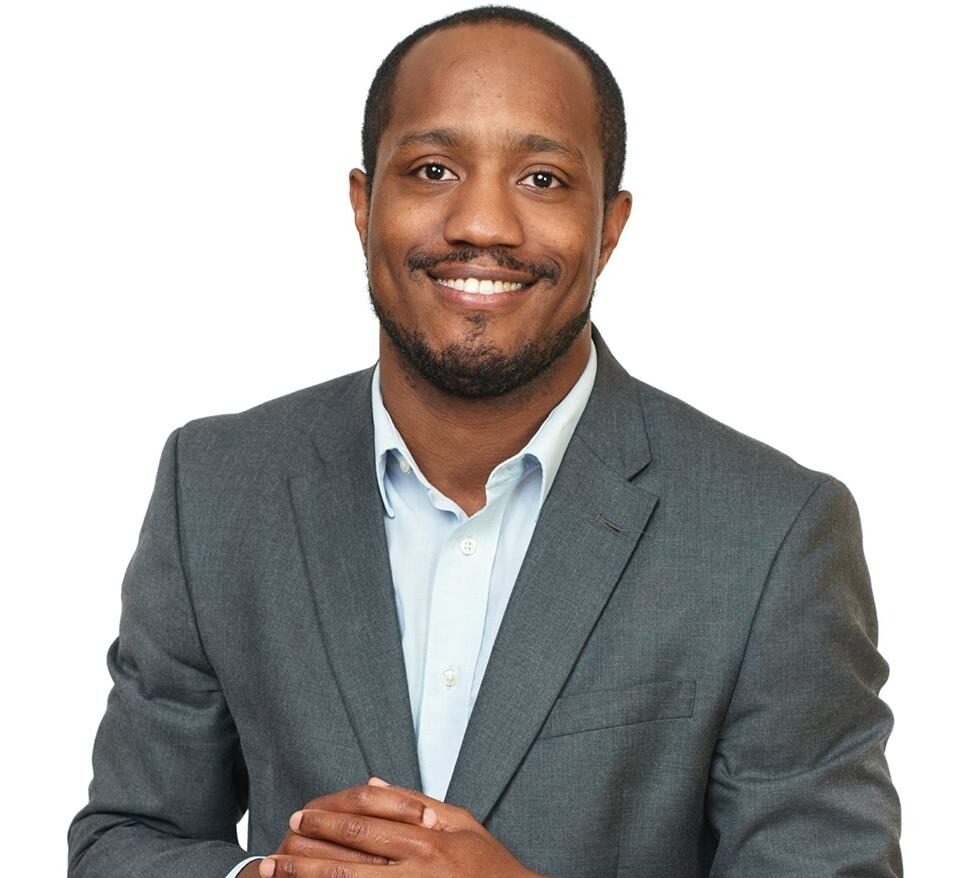
Colin Seale was born and raised in Brooklyn, NY, where struggles in his upbringing gave birth to his passion for educational equity. Tracked early into gifted and talented programs, Colin was afforded opportunities his neighborhood peers were not. Using lessons from his experience as a math teacher, later as an attorney, and now as a keynote speaker, contributor to Forbes, The 74, Edutopia and Education Post and author of Thinking Like a Lawyer: A Framework for Teaching Critical Thinking to All Students (Prufrock Press, 2020) and Tangible Equity: A Guide for Leveraging Student Identity, Culture, and Power to Unlock Excellence In and Beyond the Classroom (Routledge, May 2022), Colin founded thinkLaw (www.thinklaw.us), a multi-award-winning organization to help educators leverage inquiry-based instructional strategies to close the critical thinking gap and ensure they teach and reach all students, regardless of race, zip code or what side of the poverty line they are born into. When he’s not serving as the world’s most fervent critical thinking advocate or tweeting from @ColinESeale, Colin proudly serves as the world’s greatest entertainer to his two young children.
LIKE WHAT YOU SEE HERE? DIG DEEPER WITH US BY:
>> Connecting with us on Twitter, Facebook, LinkedIn & Instagram.
>> Joining Our Tangible Equity Facebook group.
>> Getting a copy of Colin Seale’s best- selling book, Thinking Like A Lawyer.
>> Getting a copy of Colin Seale’s newest book release, Tangible Equity.
>> Joining Raising Critical Thinkers, our thinkPortal platform for parents and families to unlock critical thinking at home.
>> Ready to partner? Request a custom quote for your needs
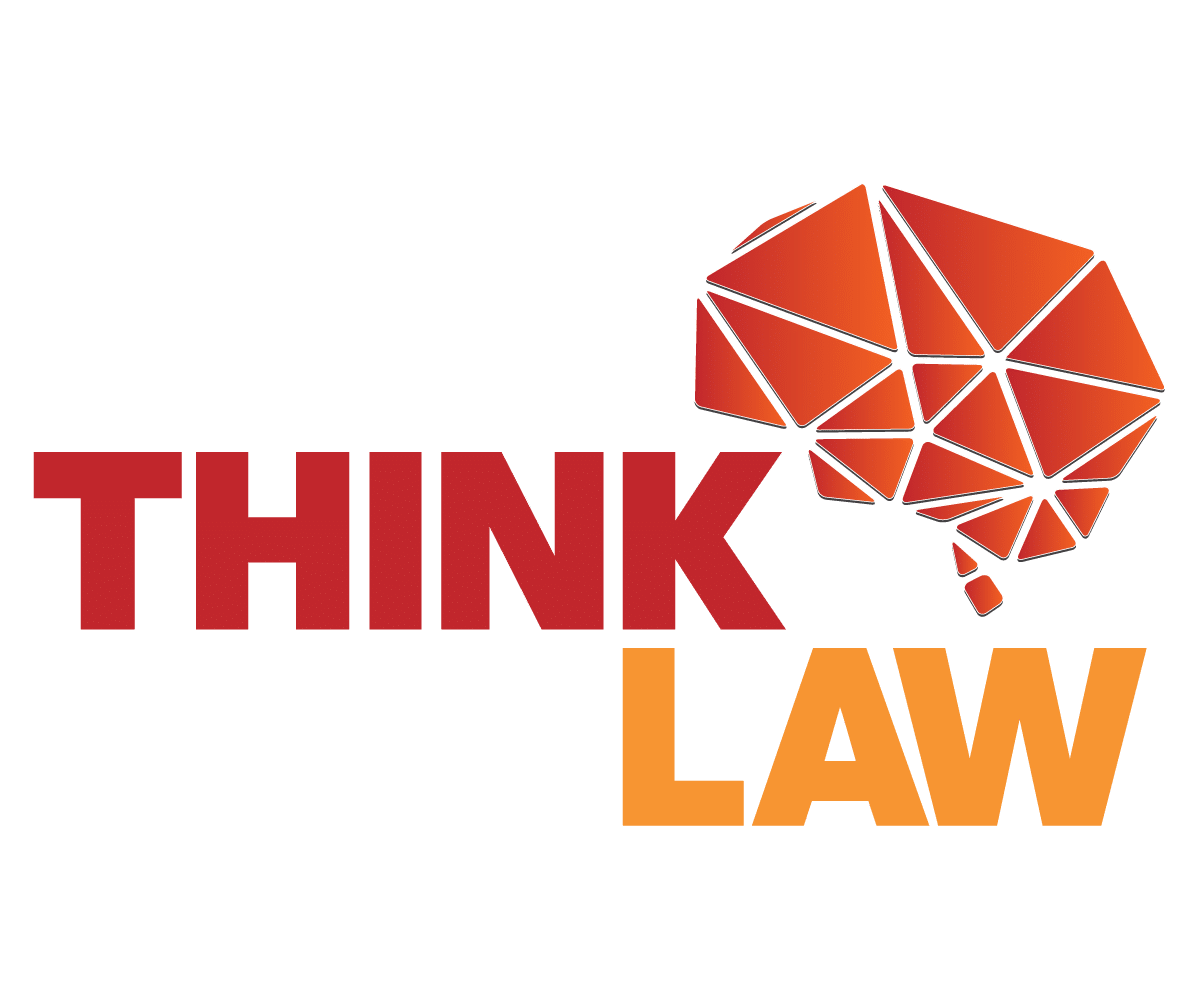
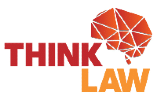
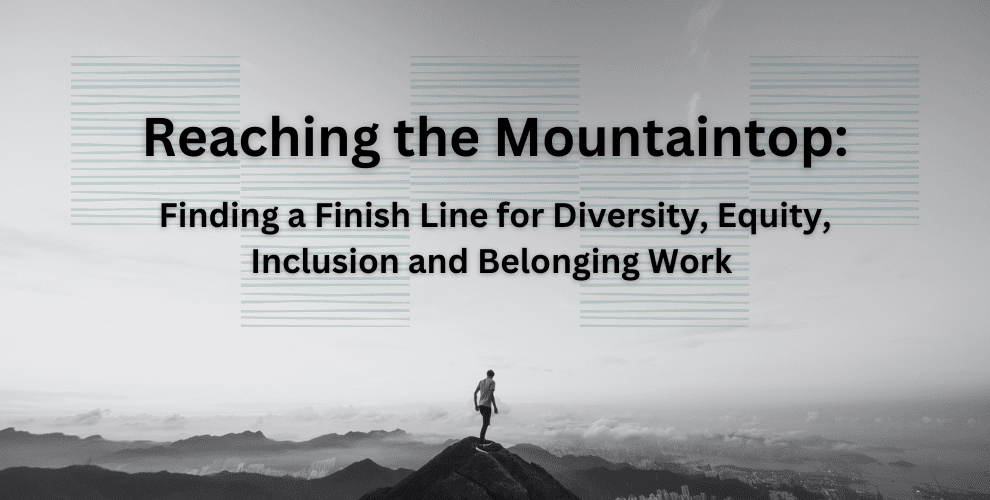
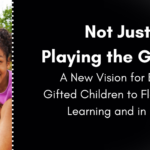
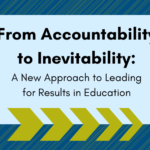
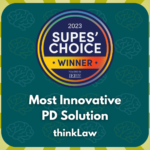
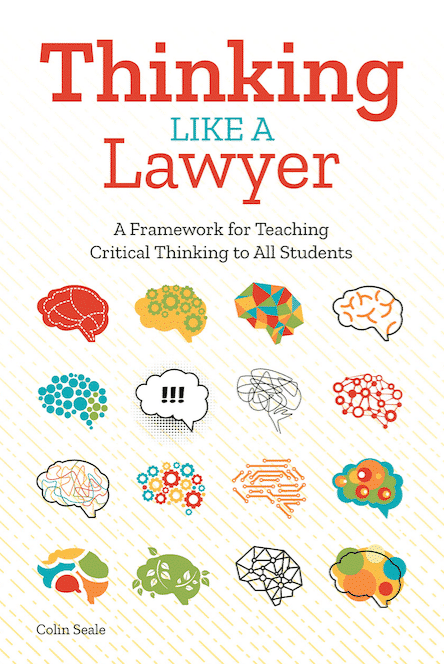
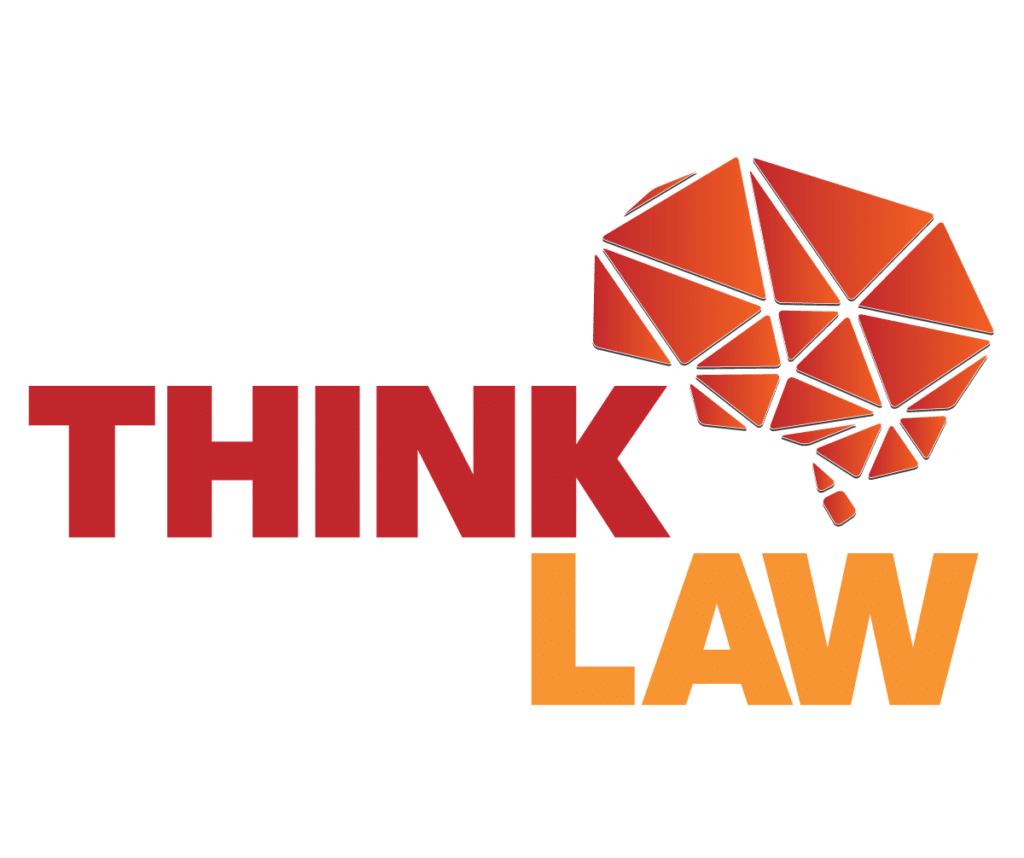
Leave a Reply